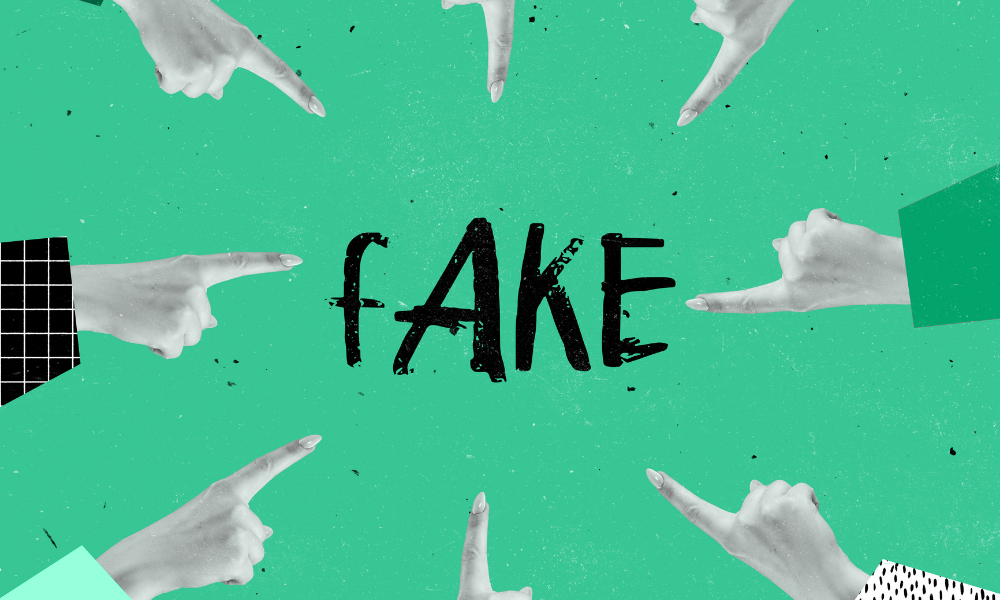For the first time, the Supreme Court’s criminal chamber has upheld the existence of indemnifiable moral damage where there has been no actual sale of counterfeit products; an issue which, until now, has not escaped dispute.
A Supreme Court ruling last 13 July establishes that the mere possession of counterfeit products and their display for sale entails “reputational damage” for the protected trademarks concerned. We analyse the key points of this important ruling below.
- Indemnifiable damage
Before this judgment, the prevailing opinion of the provincial appellate courts was to support that where the products reproducing or imitating registered trademarks were not being sold, the owner of intellectual property rights was not entitled to any indemnification as civil liability arising from the committed offense.
Put another way, the courts had been taking the view that, because there had been no actual sale or distribution of the counterfeit products, purely speaking, there had not been an actual loss either for the owners of the registered trademarks. In these cases, besides setting aside the existence of economic damage, moral damage was also disallowed because the view was that, by not having been sold the counterfeit articles, it could not give consumers a bad image of the imitated trademark (due to the poor quality of the counterfeit products, for example).
This translated as follows: where members of the law enforcement agencies inspected a given establishment and promptly and diligently seized apparently counterfeit products before they were sold (wallets with a range of distinctive signs displayed on shelves, various brand emblems ready to be placed on bags without trademarks, etc.), it could not be said that there had been an actual loss for the owners of the imitated trademarks, so the courts did not have to order payment of indemnification either.
However, the recent judgment 611/2023 delivered by the Supreme Court’s criminal chamber on July 13, 2023 (see here) does indeed identify indemnifiable damage despite there being no actual sale of the counterfeit products, because it was held that the very displaying for sale of products that injure trademark owners due to imitation or likelihood of confusion of their distinctive signs gives rise to implicit moral damage which needs no further proof.
In that regard, the rapporteur, consistently with the conclusion reached by the lower court and which was validated by the appeal court (see here), founded his decision on the following points:
- Firstly, injuring a trademark right, besides seeking an unfair financial advantage, also undermines the elements of confidence that are sought to be conveyed to consumers, such as assurance of a certain level of quality, a particular image associated with a given lifestyle, exclusivity, etc.
- Additionally, the greater the prestige of a trademark, the greater the level of protection that that sign should deserve to obtain from the courts.
- Moreover, as stated in the case law of the Court of Justice of the European Union in case C‑99/15 (see here), calculation of the amount of damages to be paid to the holder of the intellectual property right must seek to ensure that the latter is compensated in full for the ‘actual prejudice suffered’ by him, which also includes any moral prejudice.
- And, lastly, in this type of cases, where it is difficult (if not impossible), to translate the infringement into a direct loss, the existence of reputational moral damage should not be excluded.
Therefore, regardless of whether the infringing products are actually sold or placed on the market, the Supreme Court has held that the simple fact of having them, together with displaying them for sale, entails a “source of reputational damage” and “of impact on the good name of the protected trademarks”.
This is because the prestige of the imitated trademarks may suffer due to the existence of counterfeit products with much lower quality and a much lower price tag than those protected by the original signs, which means that they lose the exclusive quality afforded by the marks and the commitment to quality that is sought to be conveyed to consumers as a whole.
- Quantification method
And how is the amount of indemnification quantified? The calculation is based mainly on the quantity of goods offered to the public, because it is considered that the greater the number of illegal goods, the greater also the moral damage will be to the trademark owners.
As a result, in this specific case, the average price of the seized products with no trademark was taken to which a further 25% was added (which is the profit that the trademark owners obtained, at least, for their own products). The resulting amount cannot, of course, be higher than the actual sums claimed by each injured party.
This being so, the rapporteur stated that, in view of the inability to come up with an objective economic figure for the moral damage, this “ad hoc” method observes the principle of proportionality and that prohibiting unjust enrichment.
For the time being, we can only wait and see whether this new judgment and the economic consequences arising from it will make counterfeiters think twice about placing fake products on the market.
Gina Navarro Pérez






